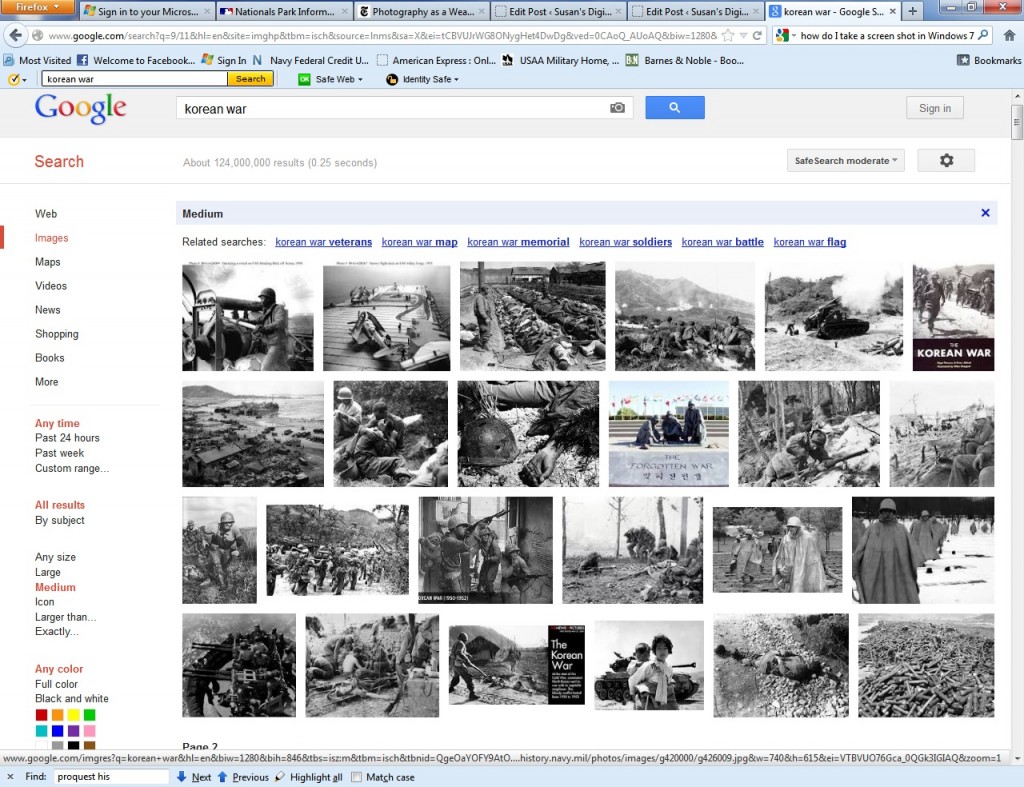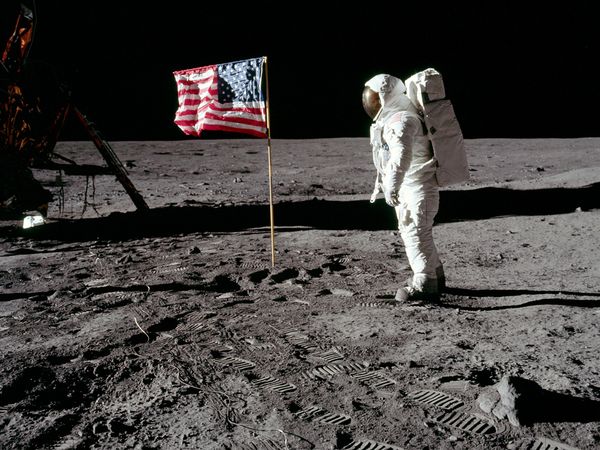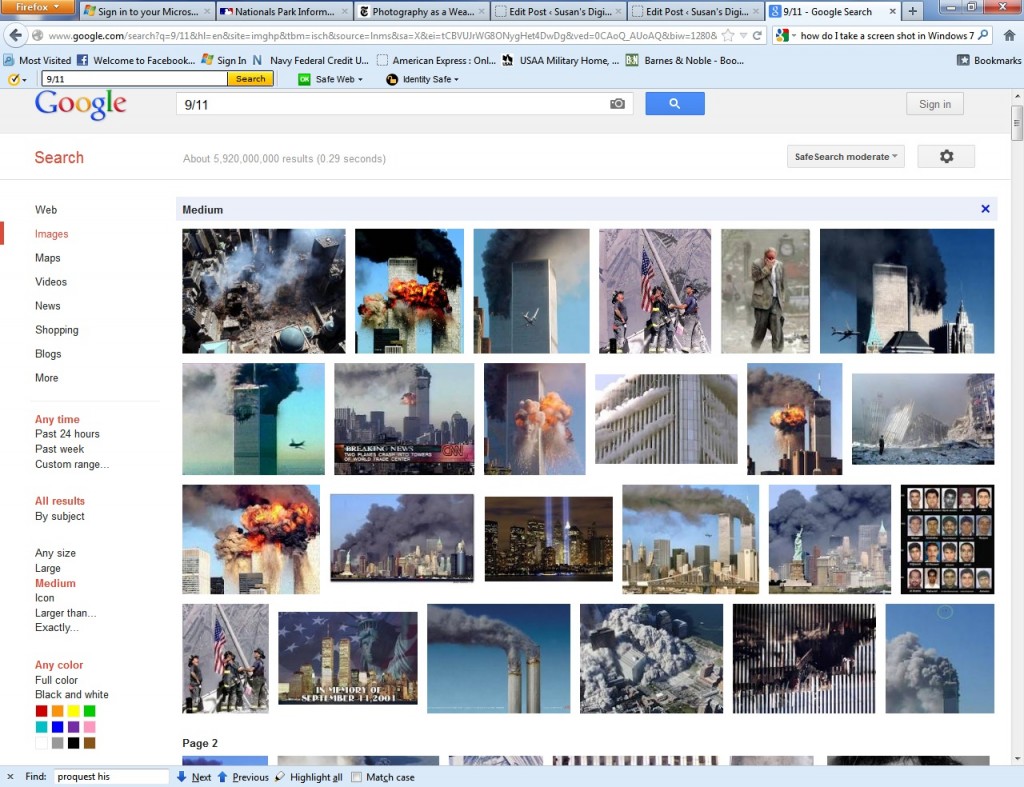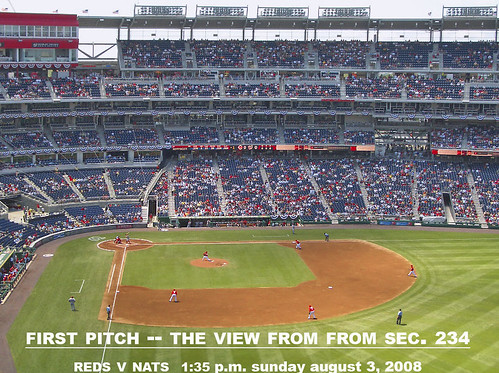Copyright Criminals
The most interesting “reading” for me was Copyright Criminals.
After completing all the readings for this week, I still am not sure where I stand on Digital Music Copyrights. On the one hand, I feel that artists’ rights should be protected, but on the other hand it’s not really the artist who is being protected, it’s big business. Time and again in Copyright Criminals they talked about using a certain artist’s “sample.” But it was not James Brown or Clyde Stubblefield and the like who were getting the money for the rights to use samples of their work, it was a record label.
I agree that some songs are not different enough and should be taken to task fro that. The Gilbert O’Sullivan “Who’s sorry now?” song was a good example of this to me. If you are going to use the entire soundtrack of a song or the majority of the lyrics, that is copyright infringement.
It just doesn’t seem that the way copyrights are currently being enforced in the music industry passes any kind of common sense test. (Not that the law has anything to do with common sense but there is certainly a common sense factor in copyright issues in print materials.) It seems that nothing is in the public domain and that the rights are held by businesses not artists..
The problem with leaving who can have access to what decisions in the hands of record labels is that they have no interest in creativity. Their focus is going to be about the bottom line, or at least the potential for profit. I feel the people who are using samples have a legitimate complaint that it costs them more to use 3 seconds of a drumbeat from a song than if they were covering the song. Copyright law is supposed to protect creativity. Under the current system, mimicry is allowed (as long as it doesn’t drastically deviate from the original) but true creativity is banned or made extremely difficult. There are only so many combinations of drumbeats or notes that can be made that are pleasing to the ear. At a basic level there are no new combinations of notes left out there. Taking 3 secs from a song is taking a series of notes that are often not at all recognizable as the original song. How is that “stealing?”
In chapter 7 of the textbook, the guidelines for using print media and even movies were basically that if you only use a little bit and especially if you use a lesser known part of the work from a lesser know artist or author, you will be ok. So why is digital music so different? It has to be because the potential for profit is much larger. And that the record labels are the ones calling the shots. It’s 3 secs of one part of a track. It can’t be about protecting artists rights or creative processes. And that’s the true crime.









